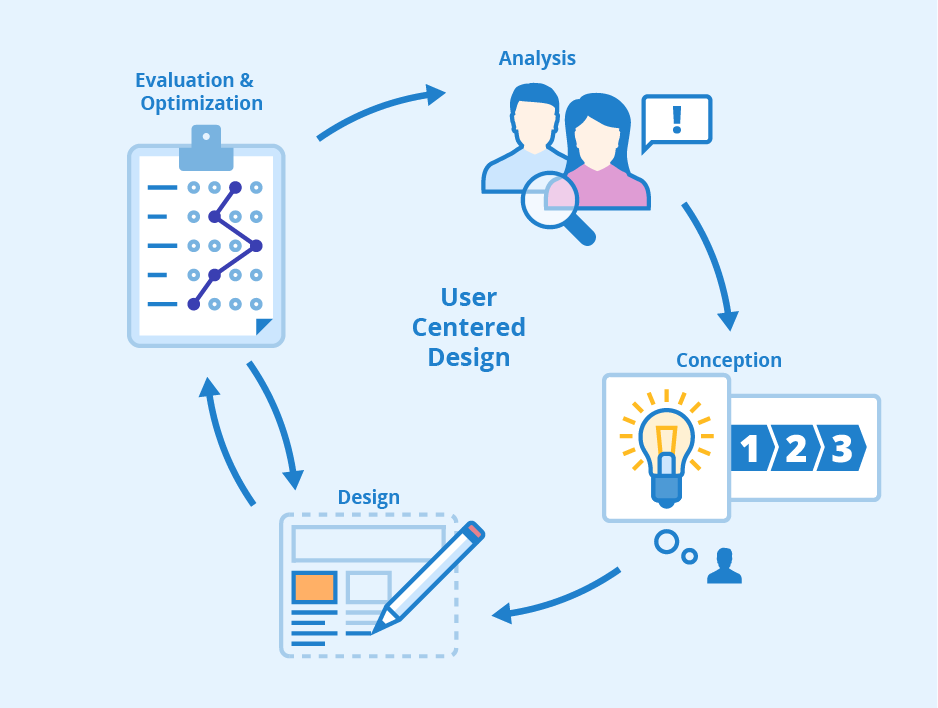
Security in Web Development: Protecting Your Website from Cyber Threats
In the consistently advancing computerized scene, security in web improvement is of fundamental significance. As sites become more perplexing and house expanding measures of delicate information, they become worthwhile focuses for cybercriminals. This article will dig profound into the universe of web security, investigating the dangers, weaknesses, and best practices that each web engineer ought to know about.
Understanding the Digital Danger Scene
Before we can talk about how to shield your site from digital dangers, understanding the idea of these threats is fundamental. Digital dangers come in different structures, including:
Malware: Malignant programming that can contaminate your site and undermine its usefulness or take delicate information.
Phishing Assaults: Endeavors to fool clients into uncovering their own data or login certifications.
SQL Infusion: Taking advantage of weaknesses in your site’s data set to acquire unapproved access or control information.
Cross-Webpage Prearranging (XSS): Infusing noxious contents into website pages saw by different clients, possibly undermining their security.
Animal Power Assaults: Over and over endeavoring to figure login accreditations until effective, frequently supported via mechanized apparatuses.
DDoS Assaults: Overpowering your site with traffic to make it inaccessible to authentic clients.
Best Practices for Web Security
Now that we comprehend the dangers, we should investigate the prescribed procedures for getting your site:
Standard Updates: Keep your product, including the CMS and modules, modern. Designers as often as possible delivery patches to address security weaknesses.
Solid Confirmation: Execute multifaceted validation (MFA) to upgrade login security.
Input Approval: Consistently approve and clean client contribution to forestall SQL infusion and XSS assaults.
Secure Facilitating: Pick a trustworthy facilitating supplier that focuses on security and offers highlights like firewall insurance.
HTTPS: Secure your site with HTTPS to scramble information on the way and gain client trust.
Ordinary Reinforcements: Back up your site consistently to guarantee information recuperation if there should arise an occurrence of an assault.
Access Control: Cutoff client honors and admittance to basic region of your site.
Security Modules: Use security modules or instruments explicitly intended for your CMS to upgrade assurance.
Observing and Alarms: Set up checking frameworks to distinguish uncommon movement and get cautions progressively.
Client Schooling: Train your group and instruct clients about safe web-based rehearses.
Episode Reaction Plan
Notwithstanding preventive measures, it’s pivotal to have an episode reaction plan set up. This plan ought to frame moves toward take in the event of a security break, including recognizing and moderating the danger, telling impacted parties, and reestablishing your site’s usefulness.
Ceaseless Learning and Transformation
Web security is a continuous cycle. Digital dangers develop, and new weaknesses arise. As a web engineer, it’s vital for stay informed about the most recent security patterns and consistently evaluate and refresh your safety efforts to adjust to new difficulties.
By following these accepted procedures and staying watchful, you can altogether lessen the gamble of succumbing to digital dangers and safeguard your site and its clients’ delicate information.



